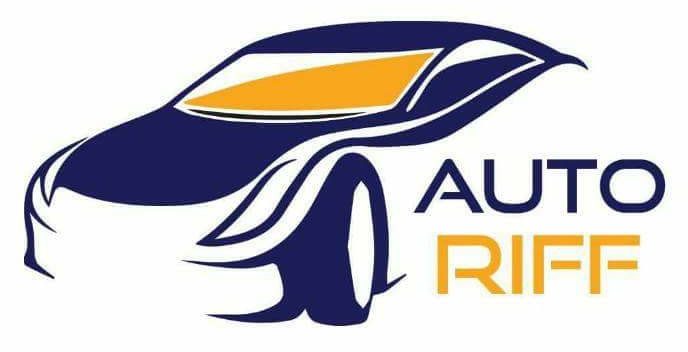Outside China, few drivers have heard of brands such as Hit BYD or Beijing Automobile Works. But they’re two of the largest players in the world’s biggest market for electric cars.
For a decade, the Chinese government has coaxed buyers and manufacturers into the electric vehicle market through subsidies and other incentives.
The numbers suggest the strategy worked: the International Energy Agency says China buys more than half of the world’s new electric cars.
Now, the government is set to push the burden onto manufacturers, through a new “cap and trade” system and rules that make it harder to set up a factory to make combustion-engine cars.
The rules were believed to have come into force on 1 January this year.
Small but growing rapidly
China is both the biggest manufacturer and the biggest market for cars globally.
But after two decades of rapid expansion, sales fell in 2018 by 6% to 22.7 million units.
The most recent figures show that New Energy Vehicles (NEVs) – a category which includes electric and hybrid models – has defied that trend, growing substantially over the past year.
It has also imposed additional conditions for existing companies that plan to set up a factory for cars that aren’t NEVs.
New quotas on electric vehicles are also expected to have an impact on manufacturers.
Under a new “cap and trade” system, any company that makes 30,000 cars or more needs to earn enough credits to match 10% of its output.
So a car company manufacturing the minimum would need to earn 3,000 credits.
But not all cars are treated equally. A NEV can receive between two and six credits depending on how far it can travel before being recharged.
So if a carmaker makes 30,000 cars, it could hit its quota by manufacturing 1,000 cars with three credits each.
China at the forefront
China has been aggressively pursuing NEVs, both to cut air pollution and to develop a strong industry.
The Chinese government has had subsidies in place for nearly a decade, and these have been supplemented by subsidies from regional governments.
In some cities, public transport has also led the way.
Shenzhen’s fleet of 16,000 buses is now 100% electric and its fleet of taxis is almost completely electric too.






